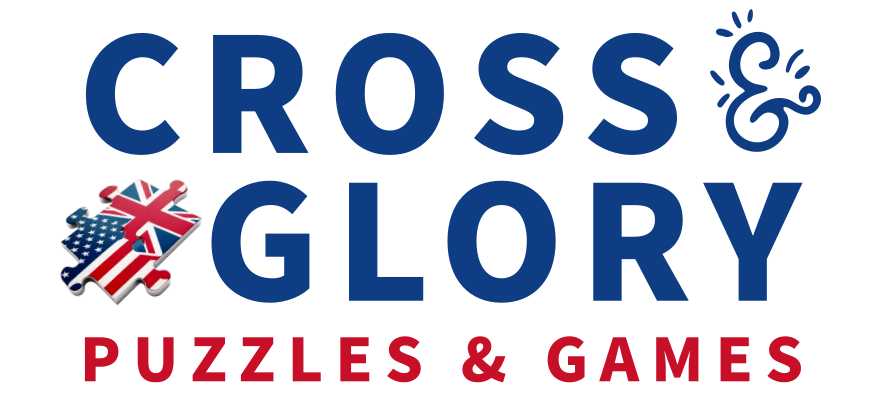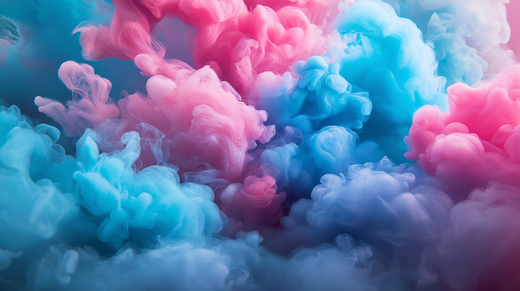Color is one of the most striking and transformative elements of puzzle art. It has the power to draw us in, evoke emotions, and even influence how we approach the process of solving a puzzle. Whether it’s the vibrant hues of a modern art piece or the soothing tones of a tranquil landscape, color plays a crucial role in creating a captivating puzzling experience. Here’s a closer look at how color transforms puzzle art and enhances our engagement with it.
The Psychology of Color in Puzzles
Colors are not just visual elements—they affect our mood and behavior in subtle yet profound ways. For example, warm colors like reds and oranges can energize us, making these puzzles feel dynamic and exciting. On the other hand, cooler tones like blues and greens promote calmness, turning the act of puzzling into a relaxing, meditative practice.
The strategic use of color in puzzle design can also influence how challenging a puzzle feels. High-contrast color palettes make it easier to distinguish pieces, while subtle gradients test even the most experienced puzzlers. To explore the emotional and psychological effects of color in puzzles, check out Color Psychology in Puzzles: Why Certain Colors Make You Tick.
Creating Depth and Drama with Photography
In puzzles, color often works hand-in-hand with the image itself, especially when photography is the chosen medium. A well-composed photograph can bring vibrant colors to life, adding depth and dimension to a puzzle. From sunsets that blend brilliant oranges and purples to urban scenes bathed in neon light, the combination of striking visuals and bold color palettes transforms a simple puzzle into a piece of art.
This interplay between color and imagery is a hallmark of great puzzle design. To learn more about the artistry behind puzzle imagery, dive into The Art of the Puzzle Image: How Great Photography Creates Captivating Puzzles.
Enhancing the Experience with Music
Color stimulates our visual senses, but what if you could amplify the experience further? Many puzzlers find that pairing puzzles with music creates a multi-sensory journey. Bright and cheerful puzzles might pair perfectly with upbeat soundtracks, while puzzles featuring soft pastels or serene imagery go well with calming instrumental pieces.
The connection between visual art and sound can deepen your enjoyment and focus, making the process of puzzling even more immersive. For tips on curating the perfect puzzle soundtrack, explore Puzzles and Music: Creating a Soundtrack for Your Puzzle-Solving Journey.
The Emotional Connection to Color
Puzzles are personal, and the colors in a puzzle often evoke emotions or memories unique to each individual. A puzzle featuring a bright, sunny day might remind you of a cherished summer vacation, while moody, monochromatic puzzles could resonate with a love of minimalism. This emotional connection makes color a powerful tool for creating meaningful puzzling experiences.
Conclusion
The transformative beauty of color in puzzle art lies in its ability to stir emotions, guide focus, and elevate the act of solving puzzles into an immersive journey. Whether it’s through the psychological impact of hues, the dramatic interplay of light in photography, or the addition of a carefully chosen soundtrack, color enriches every aspect of puzzling. So the next time you tackle a puzzle, take a moment to appreciate how its colors bring the image—and your experience—to life.

